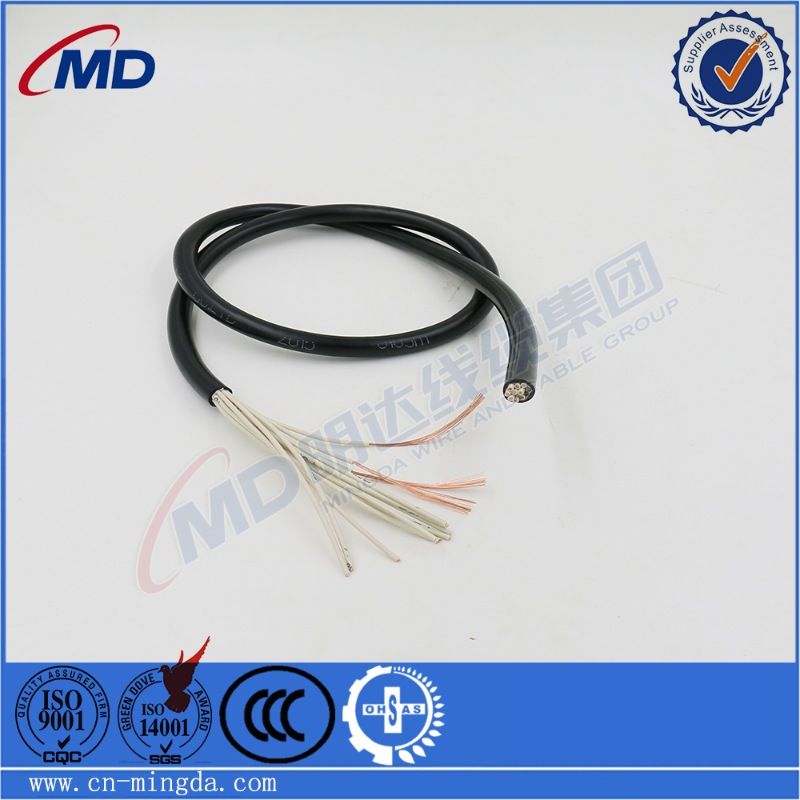Dec . 03, 2024 15:39 Back to list
floating ball check valve
Understanding Floating Ball Check Valves A Comprehensive Overview
Floating ball check valves are vital components in various fluid and gas systems, providing a reliable means of preventing backflow. These simple yet effective valves are widely used in industries ranging from water supply and sewage treatment to oil and gas applications. In this article, we will explore the design, functionality, advantages, and applications of floating ball check valves.
What is a Floating Ball Check Valve?
A floating ball check valve is a type of one-way valve that utilizes a free-floating ball to block reverse fluid flow. The valve is typically positioned within a housing that allows fluid to flow in one direction. When the fluid moves in the intended direction, it pushes the ball away from its seat, allowing flow. Conversely, if the flow attempts to reverse, the ball moves back toward the seat, sealing it off and preventing backflow.
Design and Structure
The design of a floating ball check valve is relatively straightforward. The key components include
1. Body The valve body houses all the internal parts and is usually made of durable materials such as stainless steel, brass, or PVC, depending on the application. 2. Ball The ball is often made of materials like plastic or metal, chosen for their ability to withstand the operating conditions. The ball’s size and weight play a crucial role in the valve’s performance. 3. Seat The seat is the surface against which the ball seals when backflow occurs. A properly designed seat ensures a tight seal, preventing leaks.
4. Spring (optional) Some floating ball check valves incorporate a spring mechanism that ensures the ball returns quickly to the closed position when the flow stops.
How Does It Work?
The operation of a floating ball check valve can be understood in two phases
- Flow Allowance Phase When the fluid flows in the forward direction, it pushes the ball away from the seat. The valve opens, allowing the fluid to pass through the valve body. This phase is characterized by minimal resistance.
- Flow Prevention Phase If the flow direction changes (backflow), the fluid pushes the ball against the seat. The ball seals against the seat, preventing any reverse flow. The design ensures that the valve remains closed until the forward flow is restored.
Advantages of Floating Ball Check Valves
floating ball check valve

Floating ball check valves offer several advantages that make them an ideal choice for various applications
1. Simplicity With fewer moving parts than other types of check valves, floating ball check valves are less prone to mechanical failure and easier to maintain.
2. Reliability They provide a high level of backflow prevention, which is essential in systems where contamination from backflow could lead to significant safety and operational issues.
3. Low Pressure Drop The design allows for minimal resistance to forward flow, which helps maintain system efficiency and reduces energy costs.
4. Versatility These valves are suitable for a wide range of fluids, including water, oils, gases, and other chemical substances, making them highly versatile in industrial applications.
Applications
Floating ball check valves find application in various industries, including
- Water Treatment Plants They are used to prevent backflow in treatment processes, safeguarding public water supplies. - Oil and Gas In pipelines, these valves help protect equipment by preventing the reverse flow of hydrocarbons.
- Irrigation Systems Floating ball check valves are employed to prevent water from flowing back into supply lines, ensuring efficient distribution.
- HVAC Systems In heating and cooling systems, they prevent contamination within water circuits.
Conclusion
Floating ball check valves are indispensable for maintaining proper flow direction in fluid systems. Their simple yet effective design, coupled with their reliability and low maintenance needs, makes them a preferred choice across a multitude of industries. As technology evolves, advancements in materials and design will likely enhance their performance and adaptability even further, solidifying their role as essential components in fluid management systems. Understanding their operation and benefits can help engineers and technicians make informed decisions when designing or maintaining fluid flow systems.
Share
-
Reliable Wafer Type Butterfly Valves for Every IndustryNewsJul.25,2025
-
Reliable Flow Control Begins with the Right Ball Check ValveNewsJul.25,2025
-
Precision Flow Control Starts with Quality ValvesNewsJul.25,2025
-
Industrial Flow Control ReliabilityNewsJul.25,2025
-
Engineered for Efficiency Gate Valves That Power Industrial PerformanceNewsJul.25,2025
-
Empowering Infrastructure Through Quality ManufacturingNewsJul.25,2025